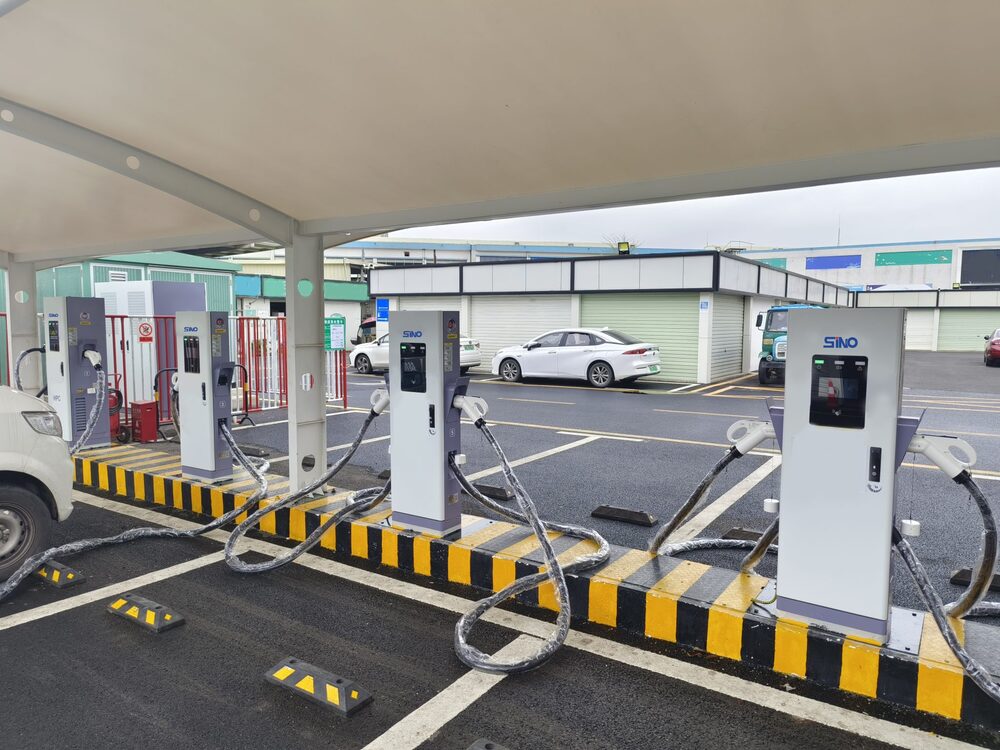
Products
Fast, Reliable, Everywhere

Solutions
Efficient, Innovative EV Charging Solutions.
News
We are committed to the innovation and application of EV charging.
As electric vehicles (EVs) accelerate toward mainstream adoption, the need for safe, efficient, and scalable charging infrastructure becomes more critical. At the heart of this infrastructure is EVSE—Electric Vehicle Supply Equipment. This essential system ensures that electricity flows safely from the grid to EV batteries, playing a foundational role in the EV ecosystem.
Electric Vehicle Supply Equipment (EVSE) refers to the complete set of devices that deliver electrical energy to recharge electric vehicles. Commonly known as EV charging stations, EVSE not only supplies power but also facilitates communication between the vehicle and the power source, managing current flow, safety checks, and compatibility protocols.

The future of EVSE is digital, data-driven, and decentralized. With the rise of bidirectional charging (V2G), integration with smart grids, and AI-driven energy management, EVSE will not only power vehicles but also contribute actively to grid stability and energy sustainability.
Whether you’re an EV owner, charging network operator, or policymaker, understanding EVSE is key to supporting the next generation of mobility. Investing in robust and future-ready EVSE infrastructure ensures a smooth, scalable transition to electric transportation.
